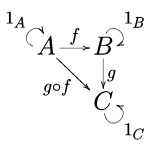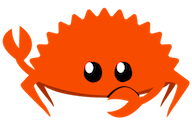3 stable releases
Uses old Rust 2015
| 1.0.2 | Jul 23, 2018 |
|---|---|
| 1.0.1 | Jul 18, 2018 |
#1831 in Algorithms
9KB
Category Theory in Rust


Get Started
I intend for each minor version to roughly correspond to one added chapter of documentation. I won't bump the major version until I get to the second Milewski course, and later the third, etc.
Note: This crate is more like a journal or notebook than a functional library; Import at your own discretion.
© 2018 Damien Stanton
See LICENSE for details.
